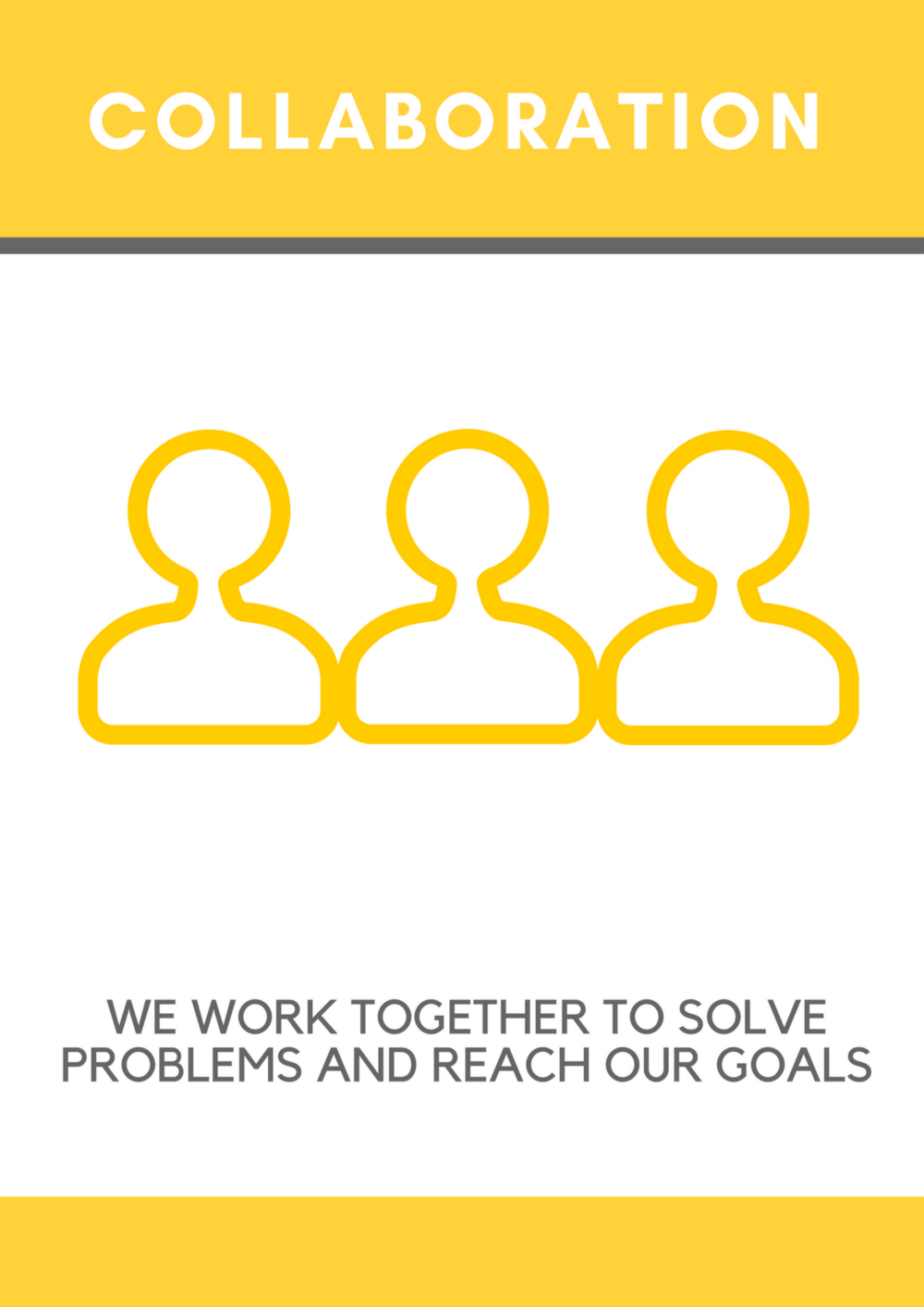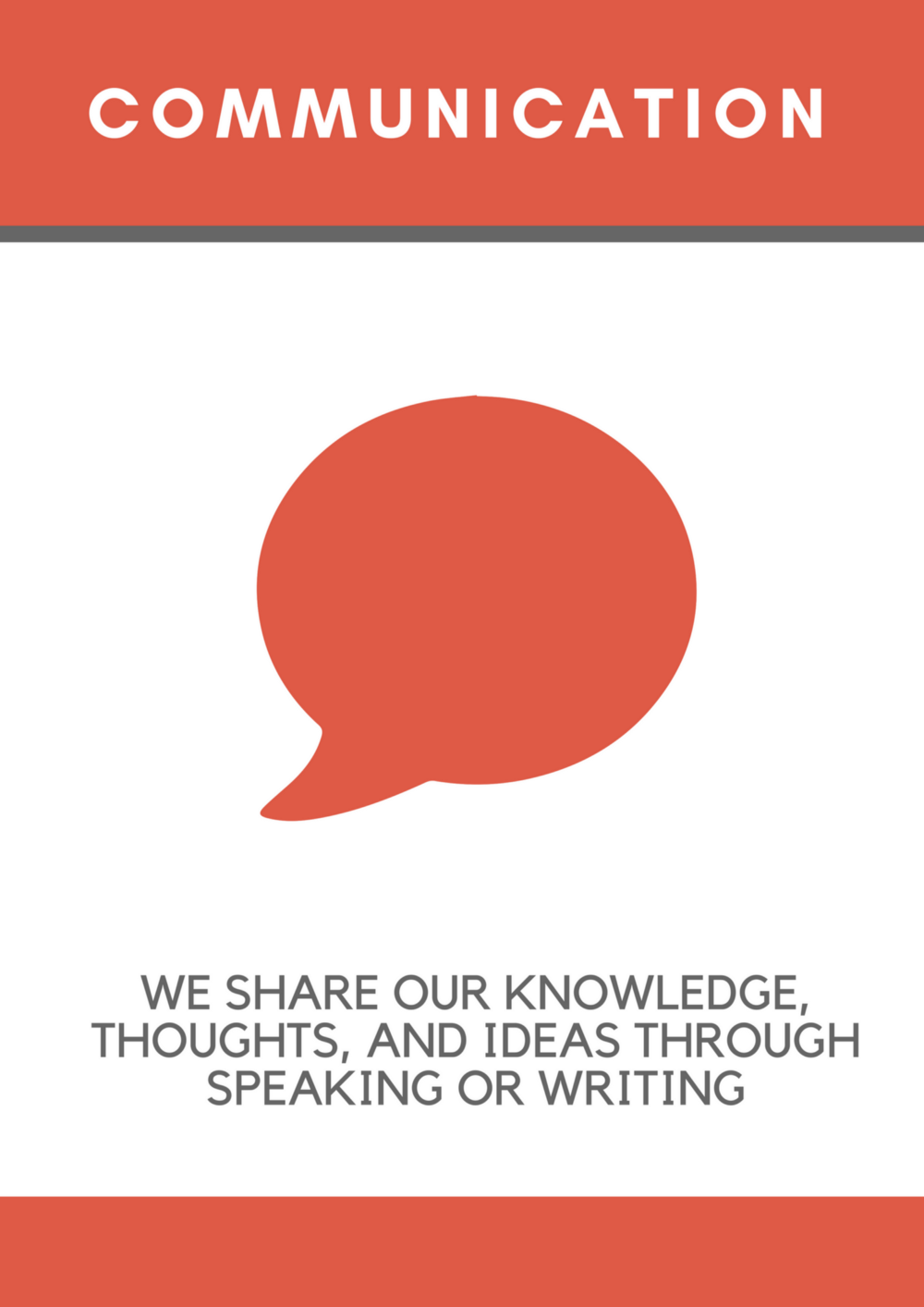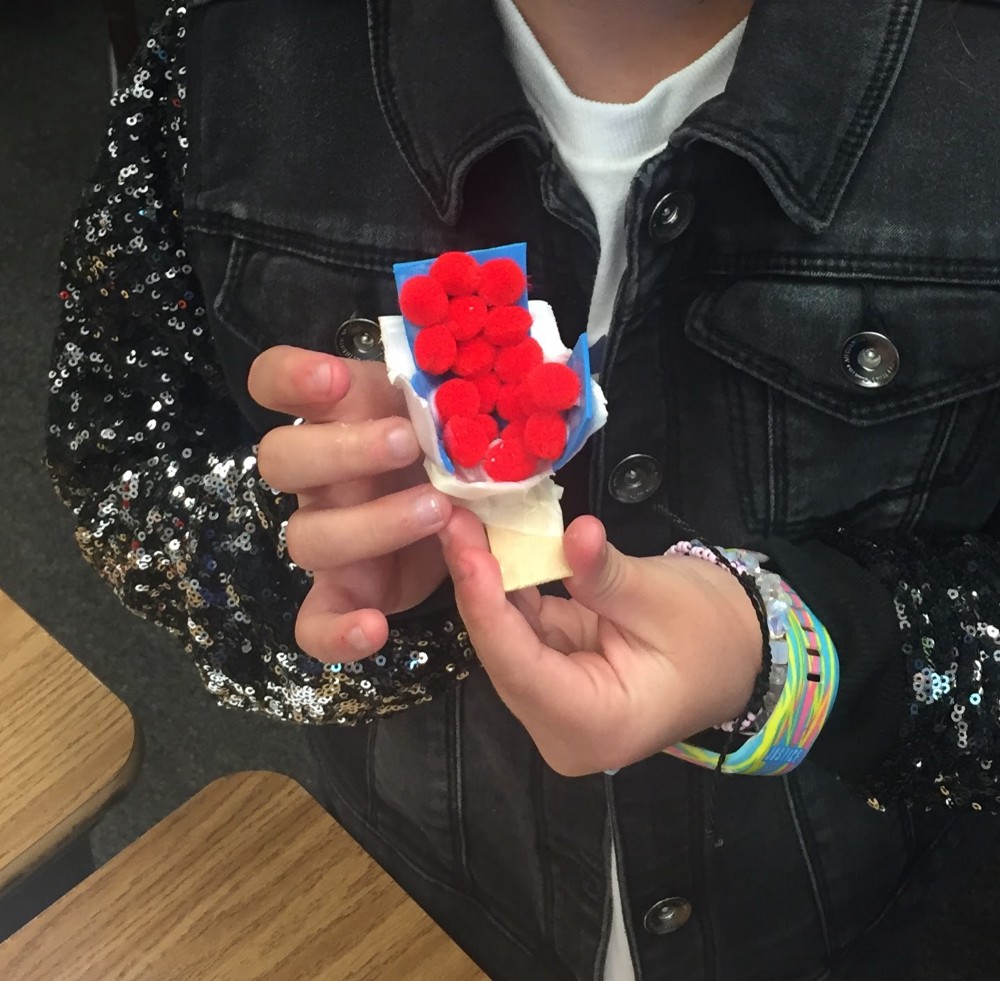Unconventional First Days

While other teachers were getting tired of “filler activities” during their first few days, we were having a blast in room 204. In fact, the time was going by too quickly. On the first day of school we spent ZERO time on rules. I know some people may think I’m crazy but it was the best decision! In the first 30 minutes, I had students frantically moving around, collaborating, and trying to collect puzzle pieces. I told them the puzzle was the key to learning more about myself. It took several groups a good amount of time to figure out they had to flip the puzzle to find any clues. After flipping over the puzzle, they quickly typed in their answers and posted to Seesaw. Woohoo! They did it and the grand prize winner earned their very own school picture of their teacher, ME! We all got a good laugh and we were off on the right foot. Next challenge: in 7 minutes, build the tallest tower with three sheets of paper. And the challenges continued, the whole first (1/2) day we focused on activities that made students work on collaboration, one of our 5 Cs for the year.

Now we were in for the real challenge… a FULL day of school! Shark tank with antiques with a focus on communication. Earlier in the week, I scoured antique flea markets in search of old tools that students would be least likely to recognize. Each group had the task of “selling” their latest invention, which was actually an antique. In less than 10 minutes, students developed a purpose for their tool, generated a product name, and price for their “new” invention. Each group had to present their product to the class. Students in the audience then questioned the group about their product. The students were very creative and did a great job in a short amount of time. The excitement for this year was bubbling up inside of me, like when you just barely twist the cap of a two liter bottle of soda.
I introduced critical thinking by having students watch the awareness test. Many of us struggle with “out of the box” thinking. I could sense right off the bat that my students knew the game of school well. When one is so focused on what they think may be, it’s hard to imagine other possibilities. My #1 goal this year is to help students evaluate and challenge their own thoughts, and ideas. Then use that process to determine how they can make an impact on our society on a global level. (emoji with eyes popping out of it’s head inserted here) Our student friendly definition for critical thinking…
We are open to new ideas, we ask lots of questions, and seek to understand.

That afternoon we used all of these skills in addition to creativity to build roller coasters. AJ Juliani created some innovative lessons, based on the design thinking process. I used his video to engage students and build excitement. Students were given the following materials: straws, cardboard, paper, duct tape, and a marble. This was an opportunity for me to see who stood out as leaders, how students communicated ideas, and how they handled conflict. Groups took off and were building all over the room, using chairs, and the white board. Some groups encountered failure and had to make adjustments. To wrap things up, each group had to share their creation. After everyone demonstrated their roller coasters we discussed successes, challenges, and changes we would make if we had a second chance. It also offered an opportunity to show them the power of Twitter. When I showed them the number of likes their roller coaster received on Twitter they were giddy with excitement! Welcome to the world of global connections.
Second full day and then our week would be complete. Morning work: fold a paper airplane. Their look of shock was priceless. What? We get to make paper airplanes for morning work? Immediately after announcements, we headed to the flex lab to test our paper airplanes. The kids could hardly keep a walking pace with airplanes in hand, they were bouncing with excitement. Despite some of the pessimism in their own designs, we had airplanes running into the wall, the bigger room we had switched to was still not big enough for their well made paper airplanes. Success!
 One of my students holding her chair design.
One of my students holding her chair design.
Our final design challenge of the week had two purposes: students use creative juices to meet their wants/needs and get a feel for making a 3D model. We read the book A Chair for My Mother by Vera B. Williams. In the story, the mother and daughter work hard to save money for a very special chair. After the story, I asked students what would their ideal chair look like. We did some ideation, they created sketches, and then we got busy making. Students used recycled materials, and craft materials to create a model of their chair design. This was the perfect segue into our classroom design PBL that would be kicking off the following Monday.
Overall, I would say it was a successful first week of school. It was definitely a lot more fun than traditional “filler activities.” The other benefits are my students are excited to be at school and I feel like I truly got to know my students better than in previous years.